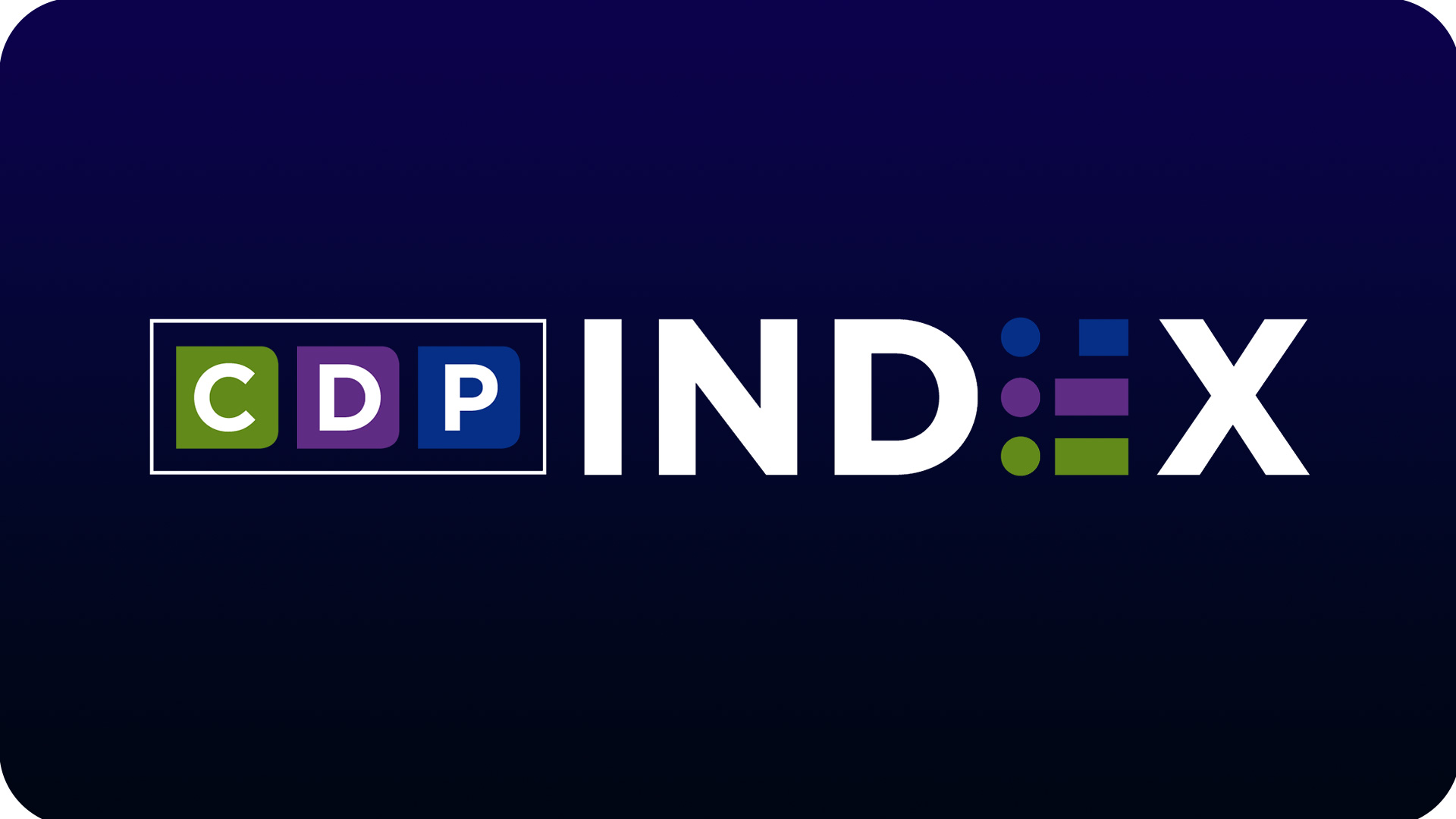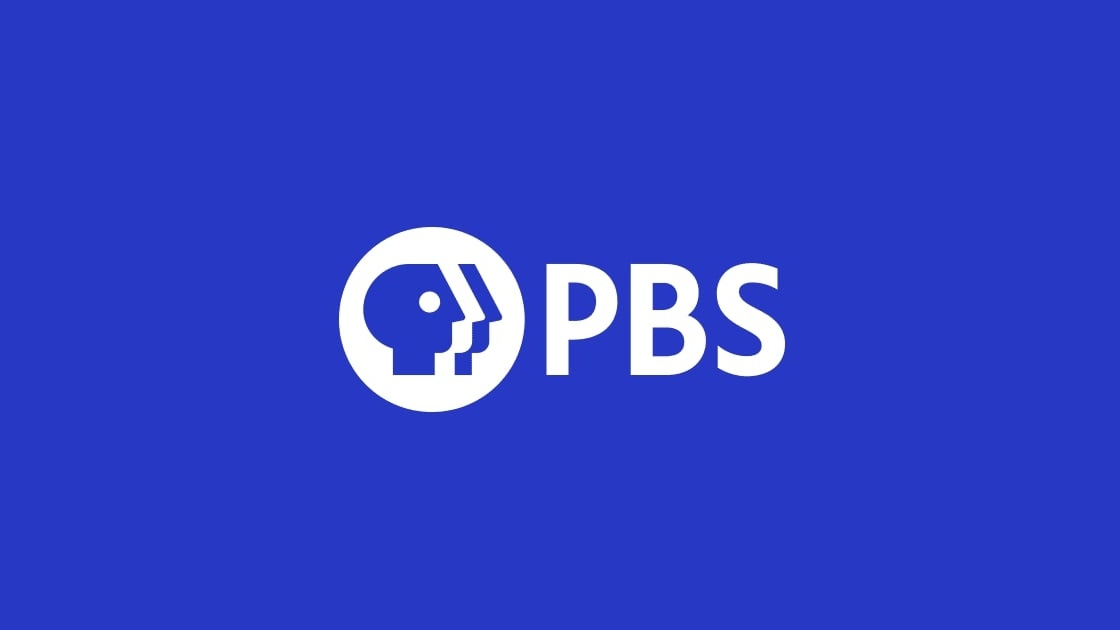Rolling back transactional pledge requires focus on off-air strategies
A loyal PBS viewer settles in to watch one of her favorite shows. What appears on screen instead of Doc Martin or Antiques Roadshow are several hours of Motown music, Suze Orman’s financial straight talk or advice on how to “End Dieting Forever.”
Is the viewer seized by an emotional urge to make a pledge? Or does she grab the remote and click to another channel?
The specialized genre of pledge-drive programming — shows featuring nostalgic music celebrations or self-help gurus offering financial, health or spiritual advice — has become a mixed blessing for public television. Combined with pitch breaks offering elaborate premium packages, transactional pledging around these programs is an irreplaceable source of revenue for many local stations.
“It’s not going away,” said Carl Bloom, chair of direct-marketing firm Carl Bloom Associates, regarding public TV’s time-tested and timeworn pledge-drive tradition.
But recognition is growing that this style of pledging also alienates viewers and donors who expect a certain level of programming excellence from public TV and, presumably, contribute their dollars to help make shows like Masterpiece Theater, Nature and PBS NewsHour happen.
PBS is well aware of the dilemma. As its own ombudsman, Michael Getler, wrote in a column last year, “Some of these pledge programs put a dent in PBS credibility and are not what some viewers believe public television is meant to represent.”
Last year, PBS launched a test involving 17 stations fundraising around special episodes of core series, rather than resorting to pledge-drive specials. But the jury is still out on that effort. This week’s National Educational Telecommunications Association conference in Tampa, Fla., features several presentations offering different approaches, including crafting pitches around PBS Kids programming and building more effective monthly giving programs.
Fundraising professionals at public TV stations also recognize the difference in audience expectations for pledge. “We have a lot of donors who call in and say, ‘Hey, during the pledge drive, those are the best programs you’re airing,’” said Michal Heiplik, executive director of the Contributor Development Partnership and membership marketing at WGBH in Boston. “That’s the weirdness of this. We’re not serving just one audience; we’re serving many audiences.”
But not alienating the so-called core audience — the “culturally oriented, arts-oriented intellectual,” as Bloom defined them — is a concern throughout the system.
“Almost every colleague I’ve spoken with here has raised that issue,” said Claude Johnson, now in his second month as v.p. of development and communications at WNET in New York City. “On the other hand, throughout public broadcasting stations around the country [pledge programming] is extraordinarily successful in attracting new members and renewing members.”
On-air fundraising has a way of riling up the audience that can be beneficial, as Johnson sees it. Renewing members might complain about the programming during pledge breaks, he said, but the disruption also reminds them that it’s time to donate.
“Give to get”
Beyond concerns about the quality of pledge programs, public TV fundraisers also debate the value of the so-called “transactional donor” in their membership files.
The viewers who “give to get” pay lots more for their premium DVD sets but are less likely to renew their memberships, driving down a station’s retention rate.
“They’re usually joining at such a higher rate that they make up for three or four years of regular giving of a donor who responds to direct mail,” Heiplik said. A viewer who gives during a pledge drive and requests a premium might contribute $150 or more, depending on the station and the gift.
“With those joining through direct mail, the average contribution is 30, 35 or 40 dollars,” Heiplik said. “But the retention rate of the direct-mail donor is amazing — 70 to 80 percent.” Pledge-drive premium seekers renew at much lower rates, in the 20th percentile, he estimated. “But you only need to retain one-fourth of those [pledge] donors to essentially have the same impact on the bottom line.”
To balance out the different habits and preferences of viewers, a successful public TV fund drive has to mix transactional programs with those that stick closer to PBS’s core shows, without going overboard. If transactional pledging isn’t overused, Heiplik said, “it’s a definitely a great tool, and a tool we have that others don’t.”
Still, there’s an issue of brand messaging. What signal does a public TV station send to its viewers about its mission and core programming when it raises money from self-help pledge shows that play to viewers’ anxieties, spiritual longing or nostalgia for the past?
Social media pitches
Such concerns prompted KLRU in Austin, Texas, to switch to a core-program fundraising stratagem in 2011. “What we’ve been trying to say,” said Susannah Winslow, KLRU membership director, “is that ‘These are the programs you watch every week, so we should be able to raise money around those programs,’ rather than switch to pledge-specific programs.”
This year, KLRU has taken the approach a step further, she said, by running an online drive. Without interrupting its regular programs, KLRU aired spots that encouraged viewers to give online instead, she said. Winslow will discuss the campaign at a Tuesday NETA session.
“We had a $50,000 goal for five days online, and we wound up at $95,000,” Winslow said. “So, yeah, the community really embraced it.” Equally important, she said, was the message that the station sent to its viewers, some of whom had expressed frustration in surveys about pledge-drive scheduling. The station’s response, she said, was, “‘You guys spoke, and we’re listening.’’’
Still, fundraising around PBS core programs doesn’t raise as much money as shows that are designed for that purpose, Winslow said. “We’ve found ways to supplement the dollars we don’t get on air around core shows through online campaigns, challenge matches and other fundraising strategies,” she said. Also, the station’s net revenue for the core drives is higher than those built around specialized programs. “More of the dollars coming to the station through these drives stay with the station,” she said.
A recent innovation in KLRU’s digital campaign is peer-to-peer fundraising. The station recruited viewers to help raise money online and created web pages for each of them on the station’s website. Each had a fundraising goal and was able to work toward it by sharing links to their personalized fundraising pages through social media.
“It brought in about 15 percent of the revenue,” Winslow said, “so it was worth it. And I think the people who did it really enjoyed it.” Data indicated that the majority of donors who responded to the online campaign were over the age of 60.
Public TV fundraisers are increasingly focusing on digital platforms, given the ubiquity of social media and public TV’s need to attract younger viewers. But there seems to be agreement that public TV needs a balance of fundraising strategies — such as pledge drives, digital fundraising and direct mail — though each strategy has its own inherent problems.
Pop-up solicitations on stations’ websites, for instance, “will not, by themselves, do as well as traditional types of fundraising,” said Bloom, “but they will boost the traditional methods.” Those who respond to direct mail are older and middle-aged, he said; those who respond to mobile outreach — “You can be contacted through your mobile phone and asked to make a pledge through your credit card” — are younger. And yet, as ever, “the people who watch public broadcasting are older.”
Michael Lupetin, v.p. of marketing at San Francisco’s KQED, is “a big believer in direct mail,” even though his background includes working at digital companies such as Moxie and Apple. “Direct mail works,” he said. “It’s 50 percent of revenue, but it’s not something separate. It needs to be integrated into everything you do.”
He provided a hypothetical scenario of a KQED member who is exposed to radio pledge breaks, pop-up ads on the station’s website and an email solicitation throughout a busy workday.
“When I get home, there’s a piece of direct mail — which I finally respond to,” Lupetin extrapolated. “But what got me to donate?”
“Everybody wants to attribute dollars to something,” Lupetin said, “but the reason people give is they love what you do. . . . It’s not the piece of mail. They believe in the mission, not because the mail came. That’s the message.”
Related stories from Current:







There is one PBS “core schedule” program that could bring-in big pledge dollars: “Downton Abbey”.
Maybe PBS should consider running “Downton”‘s final season (starting in January) as a pledge event.
Some viewers may not like the pledge breaks, but most PBS member stations could probably raise a lot of money this way.